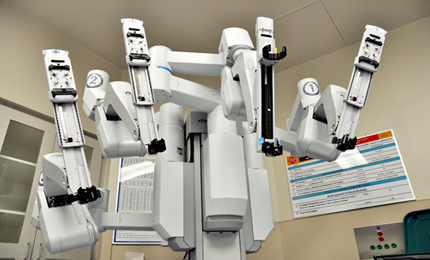Many people have difficulty breathing, for a variety of health reasons. Their survival depends on supplemental oxygen provided by oxygen concentrators. The first concentrators were bulky and noisy. They’ve improved dramatically since then, becoming more convenient and easier to use.
What They Do
Contrary to common belief, oxygen concentrators do not make or generate oxygen. Through a series of filters, they remove nitrogen and other gasses from ambient air, concentrating the remaining oxygen in a reservoir. The oxygen is pushed from the reservoir through a nose cannula, eventually reaching the person’s lungs.
How They Work
Fresh oxygen is supplied to patients in a variety of ways. The older models provided a steady stream of oxygen, known as a continuous flow. A high percentage of oxygen was lost into the outside air because the person only breathed it in when he or she inhaled. That created a problem on occasion, as the reservoir held limited amounts of pure oxygen.
Newer technology uses a "conserver." As the name indicates, a conserver lessens the amount of oxygen flowing to the patient by a fixed ratio. That allows concentrators to be smaller and therefore more portable, as well as increasing battery life.
Oxygen Delivery
Technological advances have improved the continuous flow systems with on-demand or "pulse" system. At its most basic, pulse delivery provides oxygen only when the patient inhales. The flow of oxygen stops as soon as the person stops inhaling. A number of refinements of the system have allowed customization of oxygen delivery to meet each patient's needs.
The demand method is a combination system that starts the flow of oxygen when the user inhales, then reverts to continuous flow until the person exhales.
Hybrid concentrators start the flow when the user inhales, then provides a decreasing amount of continuous flow, stopping at the exhale.
Minute Flow delivers a fixed amount of oxygen per minute, with the amount determined by the rate of breathing. Uniform pulse provides the same amount of oxygen with every breath, independent of the breathing rate.
All of the pulse technologies make use of a conserver.
Improvements in Technology
Oxygen concentrators in the past were large and heavy. They required electricity to run, keeping users tethered to the nearest receptacle. Some didn't reliably produce a consistent amount of oxygen. Modern technology has overcome those issues. As well as proven reliability, the portable models currently available can run off battery power. Most are lightweight and can be carried or rolled on a wheeled cart easily.
Unlike the older oxygen tanks, which held compressed oxygen, the new concentrators do not leak. There's no danger of explosion or fire when used correctly. They also fit the lifestyle of modern patients who like to travel, as the portable concentrators can be used on airplanes. They are also far quieter than older models.
Other improvements have made oxygen concentrators simpler to use and nearly maintenance-free. A variety of accessories is available, making them even more user-friendly.

